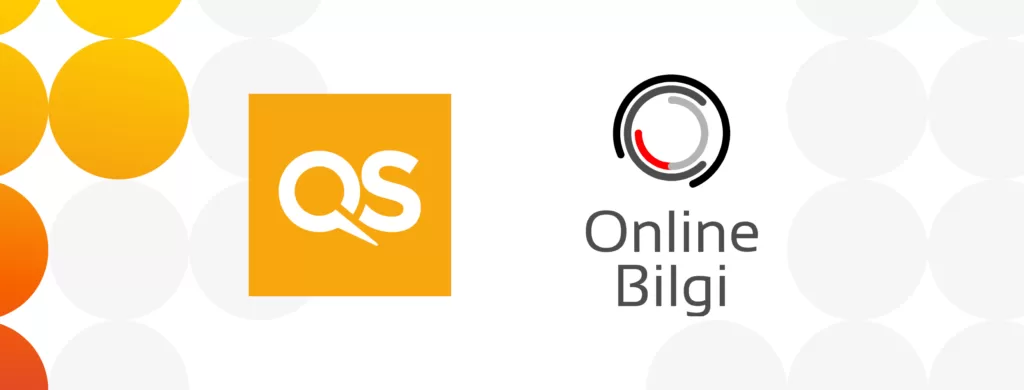
In our recent report Students Online: Global Trends, surveyed prospective students chose LinkedIn as their second most preferred social media platform to use when researching universities, after Facebook. LinkedIn showcase pages allow universities to connect with prospective students at a much earlier stage than is possible on many other social networks, making it an ideal platform for student recruitment.
In an effort to boost their employability and secure a good job straight out of university, students are increasingly turning to LinkedIn as a platform on which to follow
companies and industry experts, and start building a professional network as soon as possible. Making LinkedIn part of your university marketing strategy offers a new approach to connecting with prospective students, and showing how you fit into their career plan. Follow these three steps to make the most of the platform.
1 – Build your university brand’s online presence
In addition to being able to include information and details about your university — such as website details, history, contact information and student and faculty size — LinkedIn is also a platform on which you can instantly share information, news and events on your university’s page as a newsfeed.
Creating branded groups, such as our TopMBA Group, is a great way to keep conversations going with both students and prospective students, gaining insight into popular topics, questions and concerns from both parties. There may be activities happening on campus or popular groups that have a lot of good things to say about your university. These branded student groups are also a great source of testimonials that you can repurpose across your other marketing channels and your university website (with students’ permission).
2 – Engage with a professional audience
The nature of LinkedIn allows for a more formal form of communication with students expressing interest in your university. Unlike social media platforms such as Facebook and Twitter, which tend towards more informal communications, the professional focus of LinkedIn allows university marketing teams to capture genuine interest in their universities from early on in the decision-making process.
Another key strength of LinkedIn is its ability to help you connect to other organisations and businesses. As the go-to B2B social network, LinkedIn is a great platform on which to connect with industry partners and companies you might want to collaborate with; recruit for staff by posting listings for positions available at your university; and research solutions providers by viewing their company showcase page and learning more about their products and reputation.
3 – Network with your alumni
Graduates are able to connect to your university page in their LinkedIn profiles in order to show their education qualifications. This allows you to connect with your alumni base and gain information about them, including where they live and the industries they work in. The wider your alumni network, the better idea prospective students can get of where they could get after receiving a degree from your university. This is a very effective way to highlight your university’s strengths, in both academic and professional terms.
Create alumni groups and invite every graduate to join, by posting invites on your other social media networks, via email communications and on your university website. LinkedIn alumni groups are a great way to keep the lines of communication open and at the same time keep the tone of the conversation professional.



